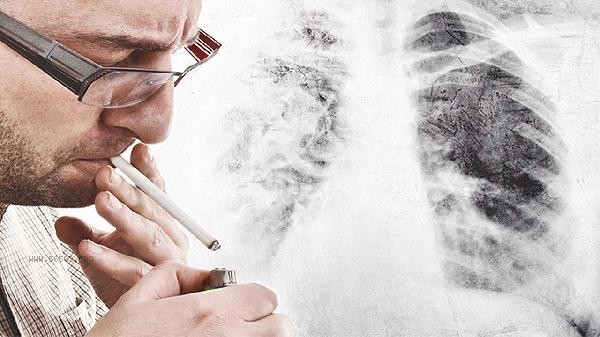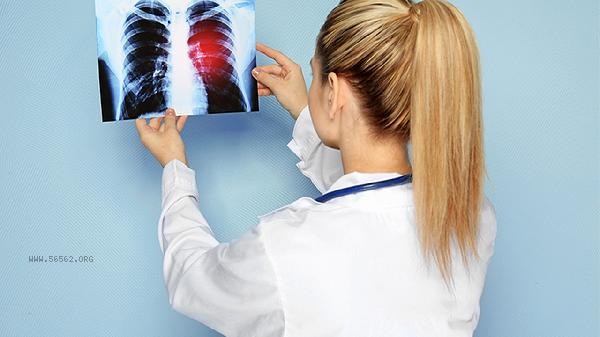The formula for calculating the average lung capacity is: male 27.63-0.112 x age x height cm, female 21.78-0.101 x age x height cm. The actual values are affected by factors such as age, gender, height, weight, exercise habits, and respiratory health status.

1. Age factor:
Lung capacity shows a parabolic change with age, reaching its peak at 20-30 years old and gradually decreasing. Due to incomplete lung development during childhood, the lung capacity is approximately 60% of that of adults; Muscle strength and chest elasticity are optimal during the young and middle-aged period; After the age of 60, the alveolar elastic fibers degrade, with an annual decrease of about 25-30 milliliters. The age coefficient in the calculation formula reflects this pattern.
2. Gender differences:
Male lung capacity is generally 30% -50% higher than that of females, mainly due to their larger chest volume, stronger respiratory muscle strength, and wider tracheal diameter. The difference in gender coefficient in the formula reflects physiological structural characteristics, with an average lung capacity of approximately 3500-4000 milliliters for adult males and 2500-3000 milliliters for females.
3. Height impact:

For every 10 centimeters increase in height, lung capacity increases by 200-300 milliliters. The calculation formula uses height as a multiplier factor, as the growth and development period of children is particularly significant, with a 1 centimeter increase in height and a 15-20 milliliter increase in lung capacity.
4. Weight correlation:
There is an inverted U-shaped relationship between weight and lung capacity, with the best lung capacity occurring between BMI 22-24. Obese individuals with chest wall fat accumulation limit chest expansion, resulting in a 5% -8% decrease in lung capacity for every 10 kilograms of overweight. Although the formula does not directly include weight parameters, clinical interpretation needs to be combined with comprehensive weight assessment.
5. Exercise level:
Regular exercise can increase lung capacity by 20% -30% compared to the general population. Swimmers often have a lung capacity of over 5000 milliliters, and exercise enhances diaphragm strength and improves alveolar elasticity. The formula calculates the static average value, and special groups such as athletes need to be evaluated separately.

Daily lung capacity can be improved through abdominal breathing training, aerobic exercise, balloon blowing, and other methods. It is recommended to exercise for at least 30 minutes three times a week, such as swimming and running, to avoid smoking and exposure to secondhand smoke. During measurement, the maximum value of three tests should be taken, and a calibrated spirometer should be used. Avoid vigorous exercise and overeating before testing. Children and adolescents are advised to monitor lung function development every six months, and regular check ups for the elderly can detect abnormalities such as chronic obstructive pulmonary disease early.








Comments (0)
Leave a Comment
No comments yet
Be the first to share your thoughts!